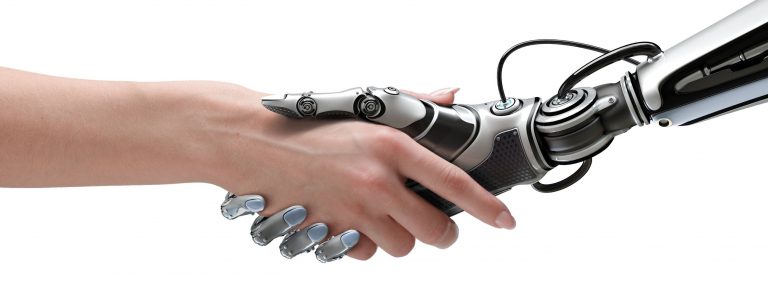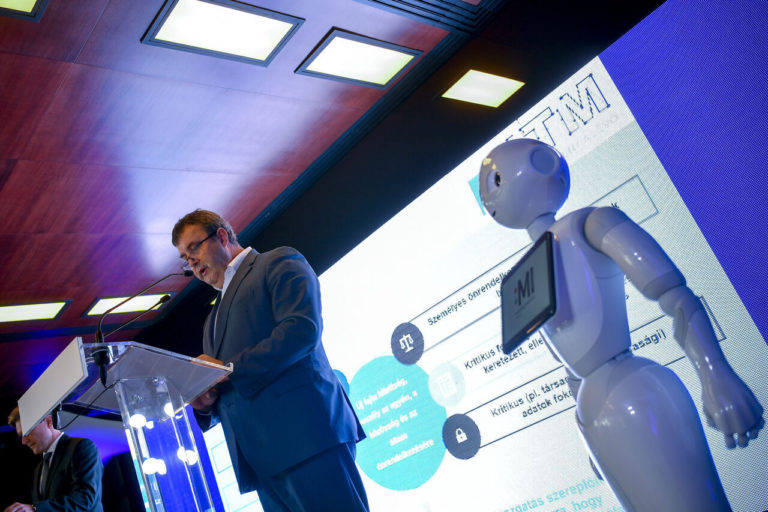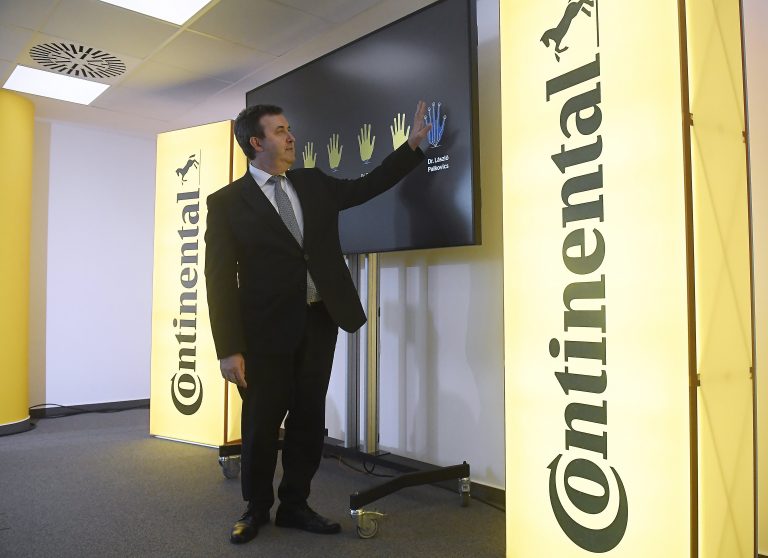Artificial intelligence
What modern technologies are used in medical industry

Bill aims for better, more secure utilisation of national data assets in Hungary, says ministry

New funding available under Hungary-China joint R and D initiative

Government to help Hungarian companies apply AI

The Hungarian tech company that solves America’s problem of unpaid parking fees

Hungarian university joins the European human-centred AI network

Hungarian government presents artificial intelligence strategy

The hidden colours of Budapest come to life with the help of artificial intelligence − PHOTOS

Is AI enough to take Hungary to the next level?

Hungary AI strategy ready, says minister

New Zealand Police unveils 1st AI officer

Benefits AI and machine learning in the defence sector

Hungarian software tells the probability of death

Intel buys Israeli AI firm for 2 bln USD

Robots to protect Hungary’s borders?

Two Hungarian startups in the forefront of European healthcare innovation

Budapest hosts Europe’s first ever interactive Artificial Intelligence exhibition

Continental opens artificial intelligence development centre in Budapest




